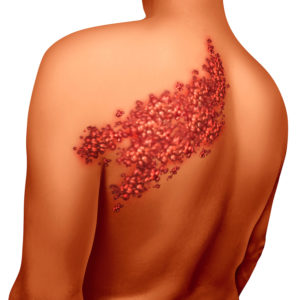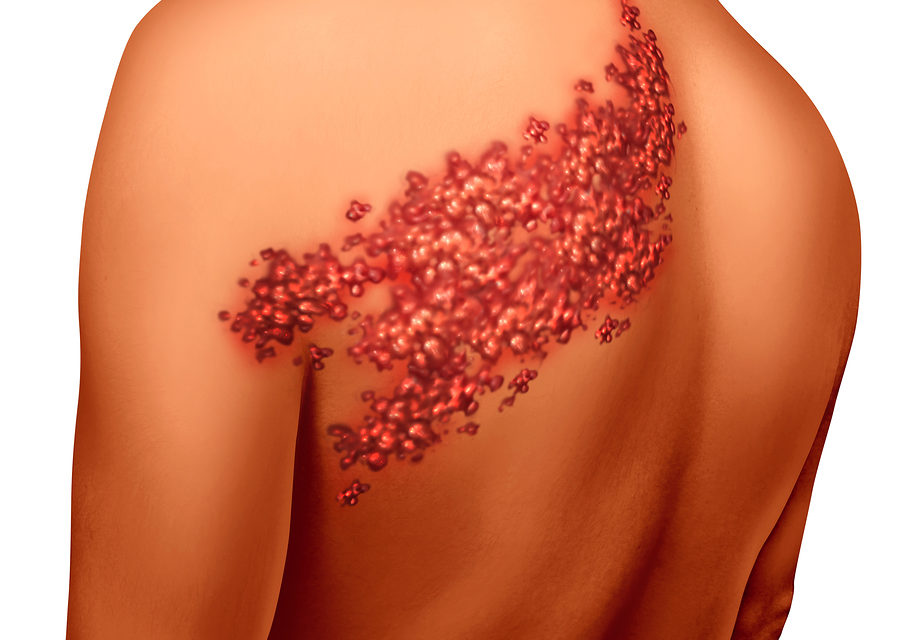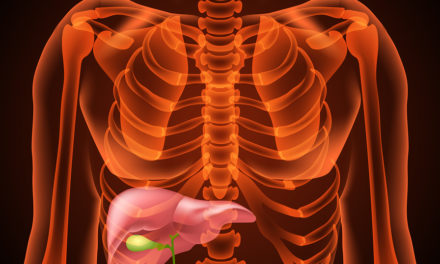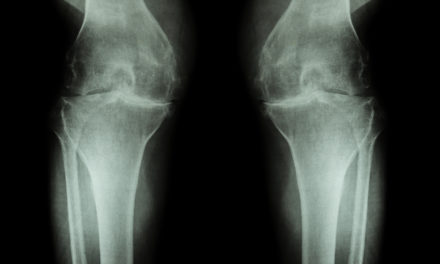 Shingles is a viral infection that causes a painful rash. Although shingles can occur anywhere on your body, it most often appears as a single stripe of blisters that wraps around either the left or the right side of your torso. It follows the course of a nerve. It is caused by the varicella-zoster virus — the same virus that causes chickenpox. After you’ve had chickenpox, the virus lies inactive in nerve tissue near your spinal cord and brain. Years later, the virus may reactivate as shingles.
Shingles is a viral infection that causes a painful rash. Although shingles can occur anywhere on your body, it most often appears as a single stripe of blisters that wraps around either the left or the right side of your torso. It follows the course of a nerve. It is caused by the varicella-zoster virus — the same virus that causes chickenpox. After you’ve had chickenpox, the virus lies inactive in nerve tissue near your spinal cord and brain. Years later, the virus may reactivate as shingles.
The signs and symptoms of shingles may include:
- Pain, burning, numbness or tingling
- Sensitivity to touch
- A red rash that begins a few days after the pain
- Fluid-filled blisters that break open and crust over
- Itching
Occasionally, patients experience:
- Fever
- Headache
- Sensitivity to light
- Fatigue
An observational study published in Medical Science Monitor (2012 Apr 1; 18(4):CR215-224) looked at the effect administering IV vitamin C had on 67 subjects with herpes zoster. For a period of 20 months the patients would receive IV vitamin is conjunction with standard treatment for a period of two weeks during active infection. Follow-up assessment at two weeks and at 12 weeks found the patients had less fatigue, the lesions were smaller and there was improvement in fatigue and concentration. The researchers concluded that vitamin C may benefit patients with herpes zoster.






